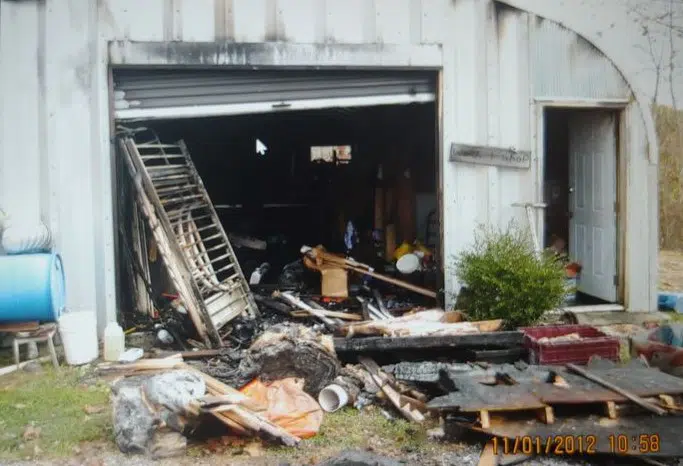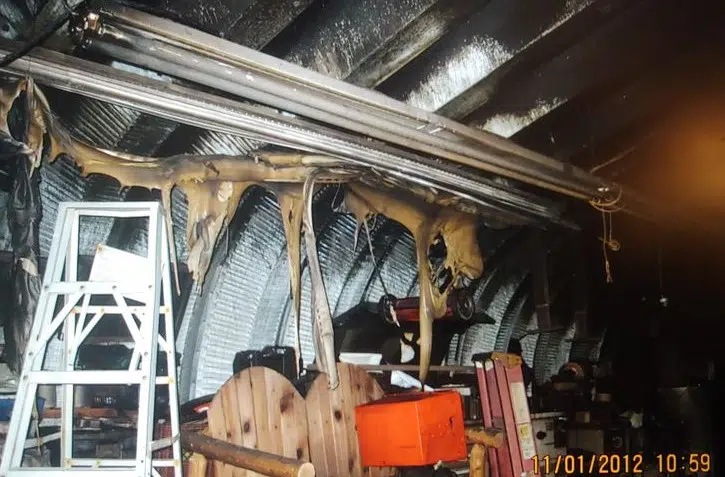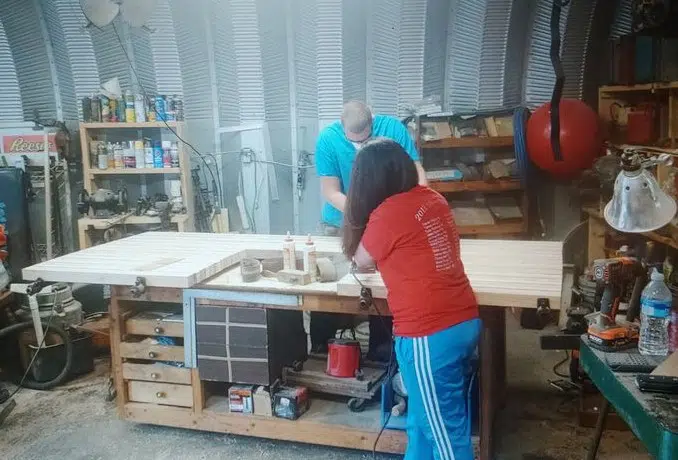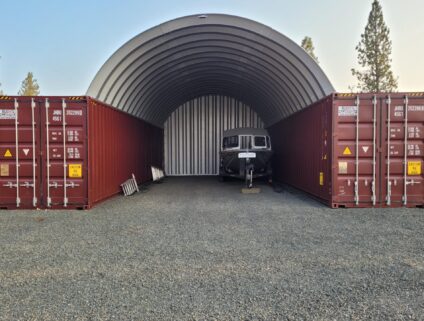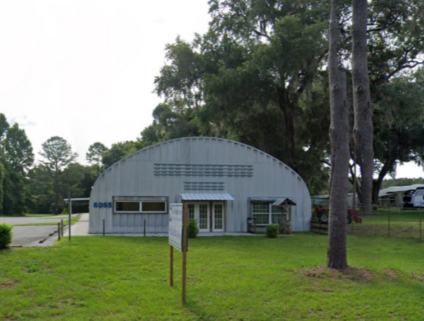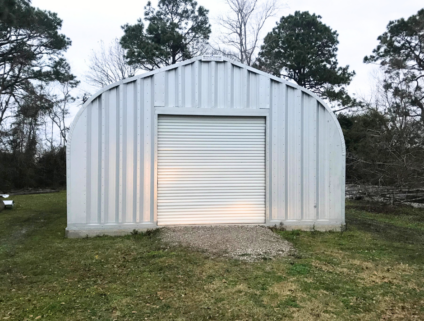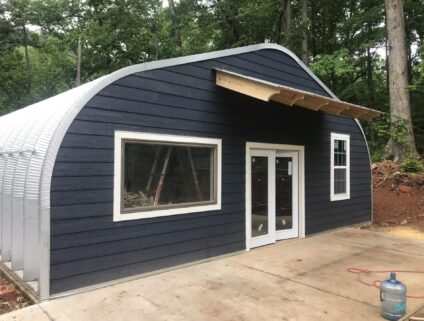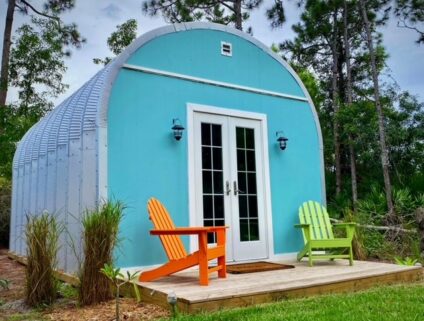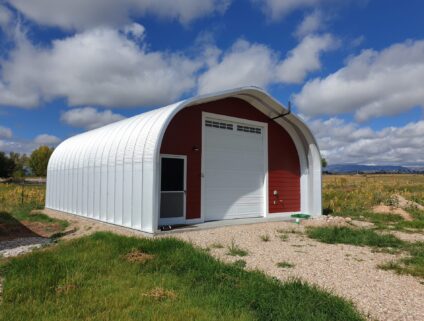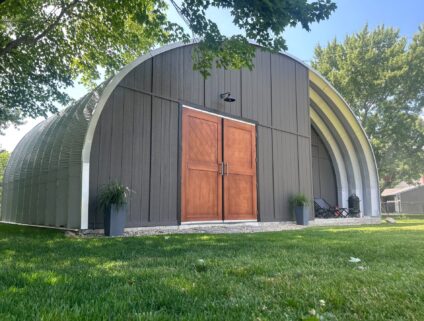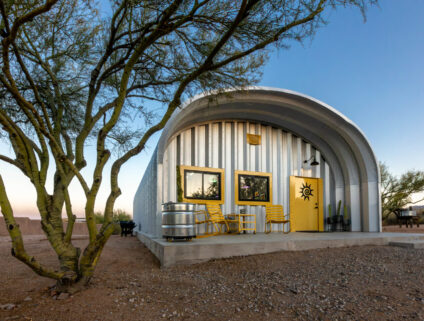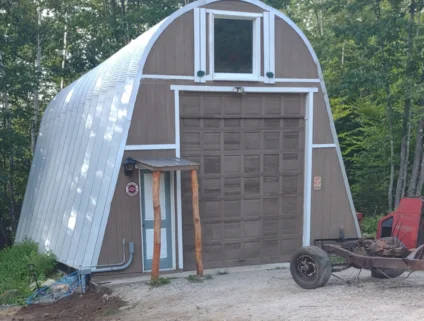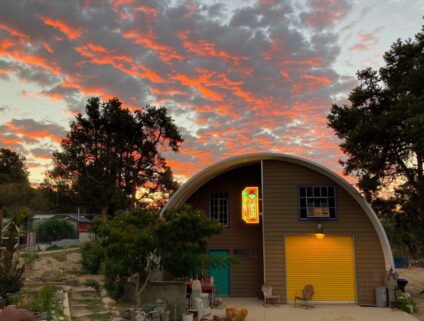Quonset Hut Workshop Survives Electrical Fire
SteelMaster customer Michael S. purchased his building for his cabinetry business back in 1998.
“I was going to start a business and I was searching for a building, just an internet search and it popped up. I contacted the office in Virginia and they actually came out to my house in a couple of days,” Michael said. ”We sat down and talked and he said they had a couple of buildings that people had paid for but did not take them, so the one I bought was one of those. It’s a 25’ X 40’.”
Michael assembled the building on and off for a week with the help of a few friends.
“To me, it was very easy to put up the building because I had a background in carpentry. But the blueprints, they’re really very simple. I think if people just read them a few days ahead of time it’s easy to put it up,” he said.
Initially, Michael purchased his building due to its resistance against high wind loads.
“I was putting up the building on the hillside where there’s a lot of wind, so I was looking for something pretty stable and sturdy,” he explained. “Then they talked about it being hurricane resistant and all of that. I just took all that into play and figured this is what I really wanted.”
However, when Michael purchased the building he didn’t realize just how important the fire resistance of his steel workshop would be.
“On Halloween of 2012, I had an electrical fire due to some wiring on a light that was over the bathroom I built in the front corner of the building,” Michael said. “The insurance company called everything a total loss, the building, the materials, and everything inside.”
People like Michael who own steel Quonset huts already have a significant advantage over those who have traditional straight wall buildings because of the engineered fire resistance in a Quonset Hut.
The International Building Code recognizes that steel is non-combustible which means our fire-resistant metal buildings easily meet the codes of every locality across the country.
Steel buildings are both type 1 and type 2 buildings in fire codes. Type 1 categorizes it as fire resistant and type 2 determines that the structure is non-combustible.
Although the fire damaged some of the building, Michael was able to salvage the structure and make it look good as new.
“I was able to go in the building and totally pressure wash the inside then spray it down with straight vinegar, which neutralized all the rust,” he said. I pressure washed with soapy water the second time and then repainted it. I brought it back to the original look.”
Michael says he’s very happy with his SteelMaster building and is thankful that it is still standing after the fire.
“I’m very pleased with the building, I couldn’t ask for anything better.”
Categories
Tags

